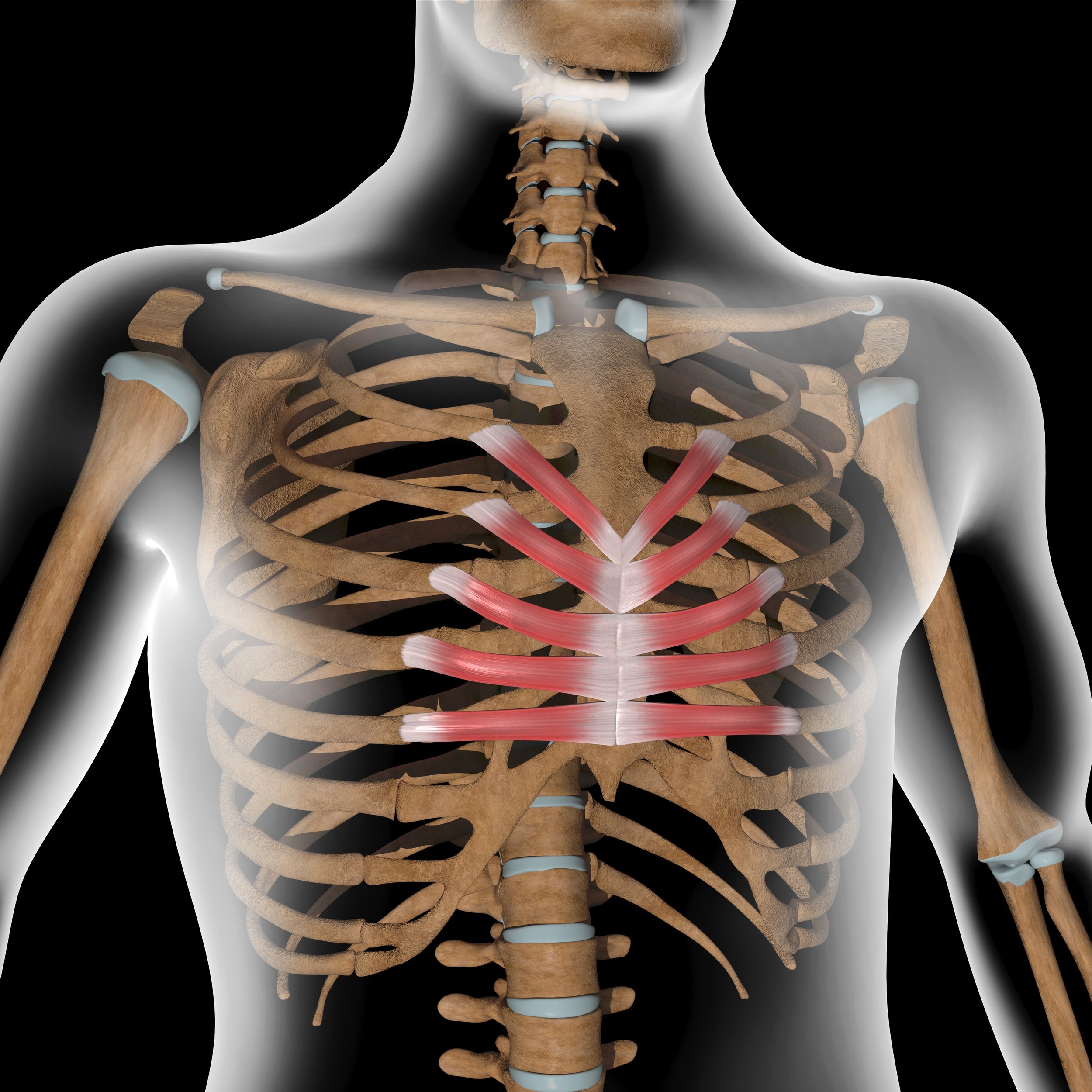Full-Body Breathing and Movement
“Before any real benefit can be derived from physical exercises, one must first learn to breathe properly.”
I wonder what Joseph Pilates meant by that. We know that breathing powers our heart, brain and muscles with a constant supply of oxygen. Breathing also eliminates toxins and disease from our body by the constant release of carbon dioxide.
I became fascinated with breathing because getting a full, deep breath has been difficult for me. I have scoliosis in my ribcage and many years ago, I was partially paralyzed with Lyme Disease. One of the things that helped me was learning to engage my respiratory muscles. As it turns out, our respiratory muscles play a big role in not only taking a bigger breath, but also in engaging our abs and core musculature and decompressing the spine.
Breathing Mechanics
As we inhale, one muscle group lifts and expands our ribcage in all directions. This frees the diaphragm to engage and lower, allowing the lungs to expand with air. As we exhale, another muscle group lowers and centers the ribcage. The diaphragm and the lungs can then release and return to their original position.
I would like to introduce you to three amazing respiratory muscle groups and show you how they work together with our other core muscles to improve breathing, movement and exercise.
External Intercostal Muscles
The external intercostal muscles are found in between the ribs and are responsible for pulling the ribs upward and outward, all the way around the front, sides and back of the ribcage. Although ribs 7 through 10 move the most to release the diaphragm; when taking a conscious, full and deep breath, all of the intercostal muscles engage to expand the entire ribcage and lungs.
To engage your external intercostals: as you breathe in, imagine each rib rolling up and outward like a bucket handle, as your diaphragm lowers and your lungs fill with air.
Internal Intercostal Muscles
The internal intercostal muscles are found on the inside of your ribcage, between each rib, and are responsible for pulling the ribs inward and downward, all the way around the front, sides and back of the ribcage. They are used to complete an exhale and when consciously breathing out with effort.
To engage your internal intercostals: as you breath out, imagine each rib being pulled down and inward like closing an umbrella, as your diaphragm and lungs return to their original position.
Transverse Thoracic Muscles
The transverse thoracic muscle lies on the inside of the front part of the ribcage and draws the front of the ribcage down and toward the midline of the body. The lower fibers of this muscle are continuous with the transverse abdominus, the deepest layer of our abdominal muscles.
To engage your transverse thoracic: as you breathe out, imagine that you are bringing the front part of your ribcage toward your midline, like joining your palms together at the center of your chest.
Our Respiratory and Abdominal Muscles Work Together
The internal intercostals, the transverse thoracic and the abdominal muscles work together to contract the torso and lengthen the lumbar spine.
Putting it Together
Breathe in and allow your ribcage and lungs to expand (external intercostals).
Breathe out while you contract and narrow your ribcage (internal intercostals, transverse thoracic) and abdominals.
Now try it in a Pilates exercise, such as the Roll Up, Pilates Hundred or Teaser.
As you hold these positions and inhale, it’s important to breathe consciously. The back and sides of the ribcage will lift more than the front; however, I find that allowing a little movement in the front of the ribcage during inhalation allows me to breathe deeper and contract my inner ribcage muscles and abs more strongly during exhalation. This gives me deeper engagement in my abs as well as greater endurance, allowing me to hold a position longer and more powerfully.
A couple of tips:
Engaging your ribcage muscles with your abdominals will help to release tension and lengthen your neck.
Imagine that your torso is like a T-shirt that you have just pulled out of the dryer. As you lay it on a table, the front side of the shirt falls into the back of the shirt, which rests into the surface it is lying on. From a lying down position, breathe out and imagine that the front part of your body drops into the back part of your body with ease, then roll up into your abdominal exercise.
Full-Body Breath and Movement
A few takeaways:
Our respiratory muscles naturally coordinate with all our other muscles (front, side, back, arms and legs) to lengthen, strengthen and optimize our breathing, movement and performance.
Our respiratory muscles, ribcage and lungs participate together in all movements – and in life itself – to oxygenate our tissues, detox our vital systems, power our bodies and restore our energy.
About Me
Thanks to this awareness and to the movement principles of Pilates and GYROTONIC® exercise, I am now able to breathe in and out deeply with a full range of motion in my ribcage and lungs. In addition to the physiological benefits, I feel a sense of joy and gratitude for my breath and I hope that these concepts and tips help you to feel that, too.
Please feel free to share your experience or ask a question. We would love to hear from you.









